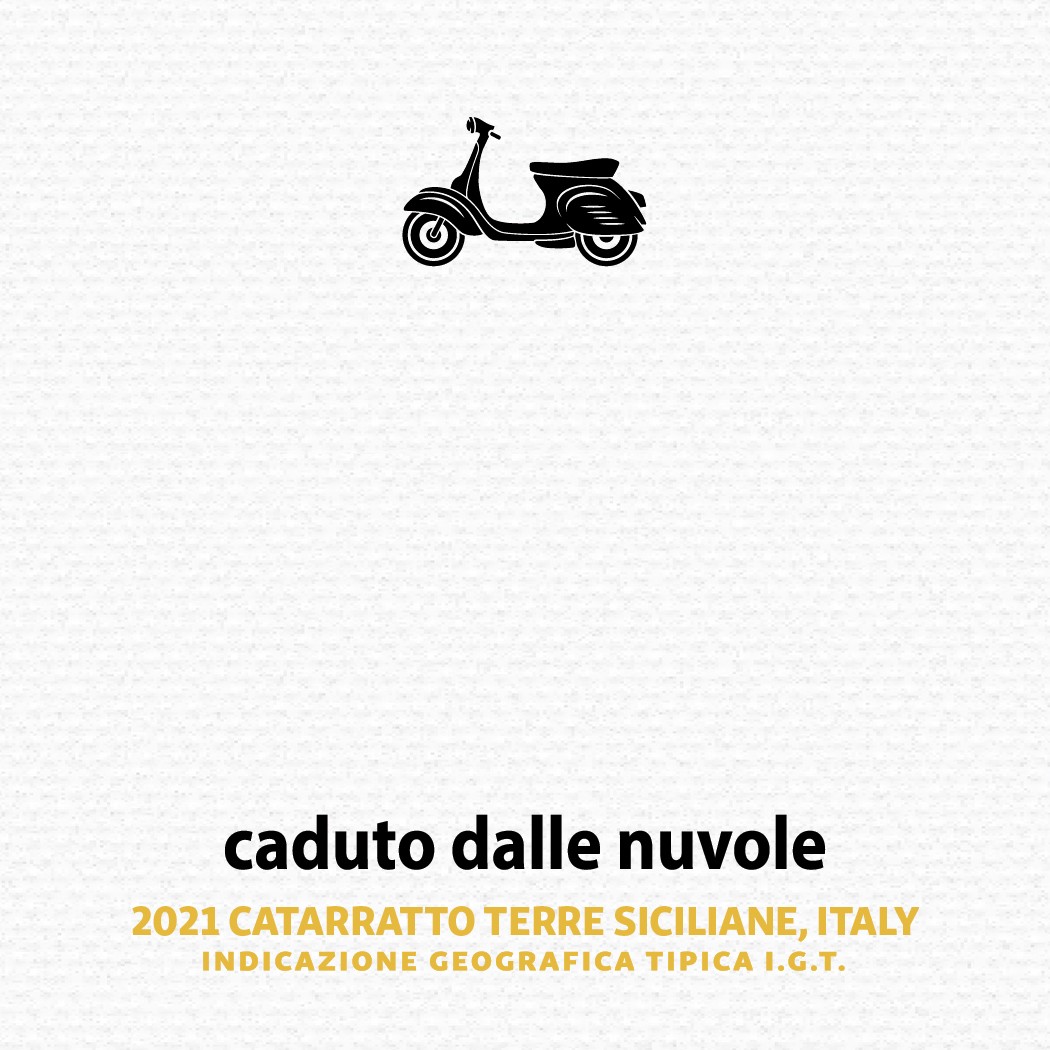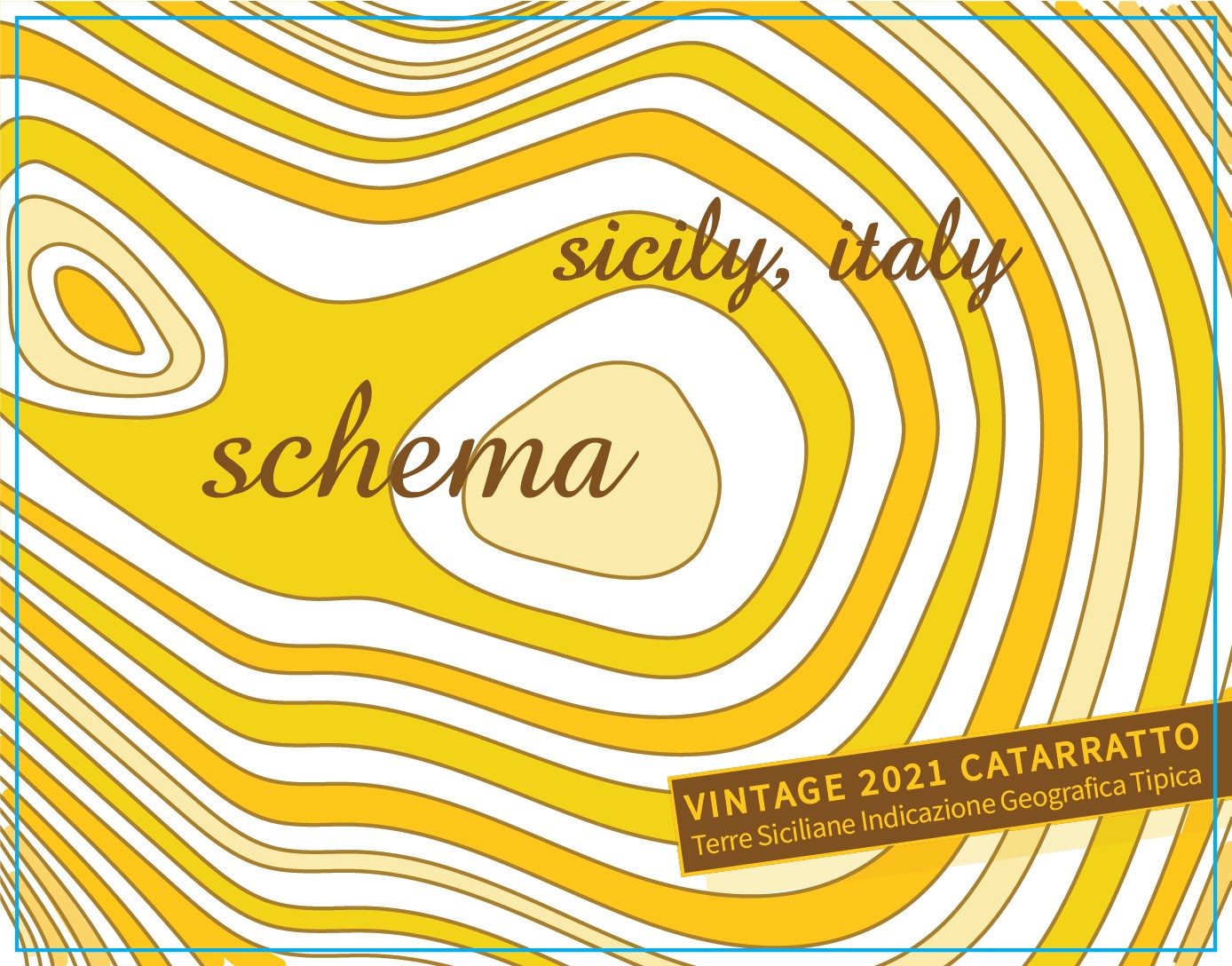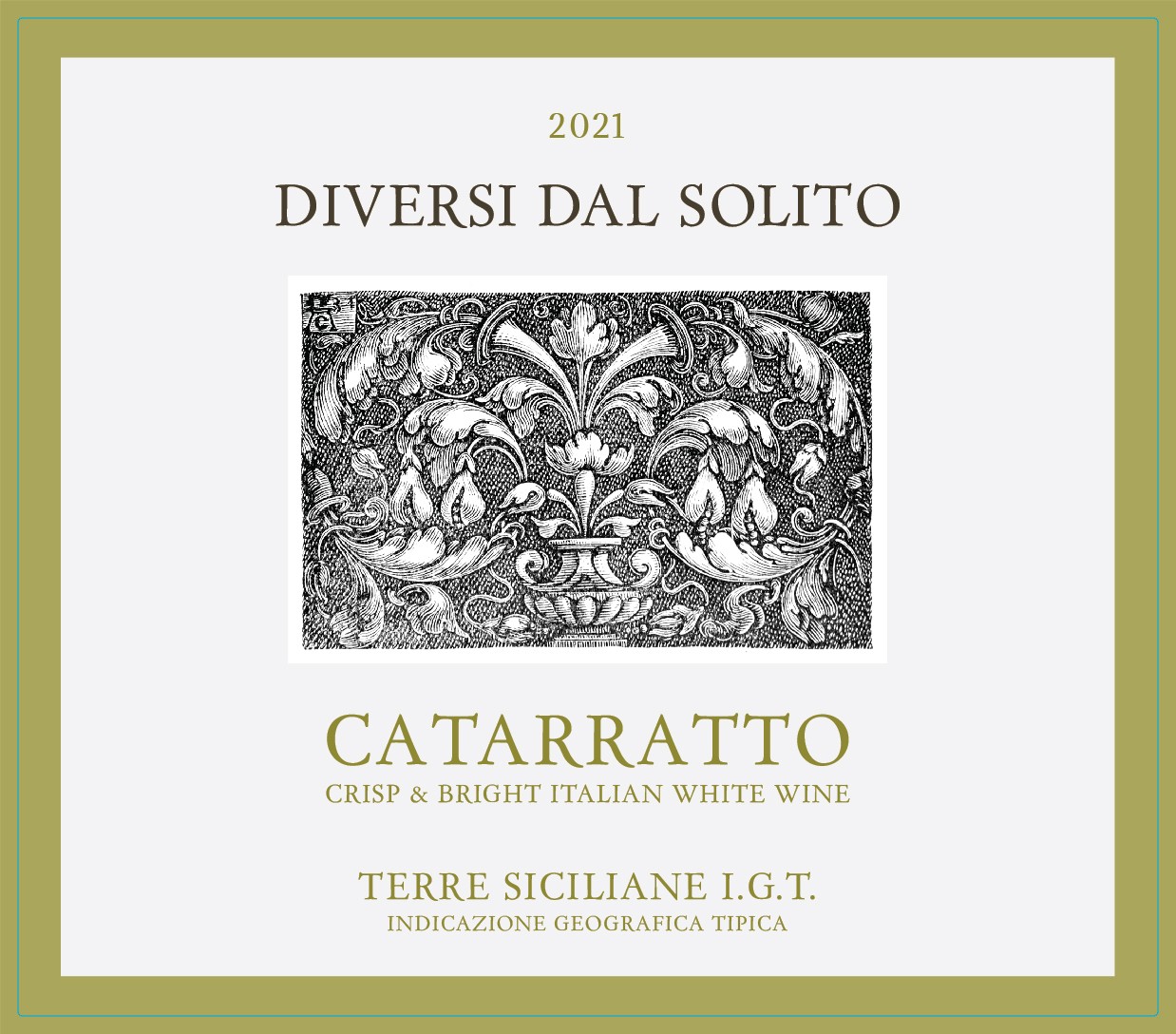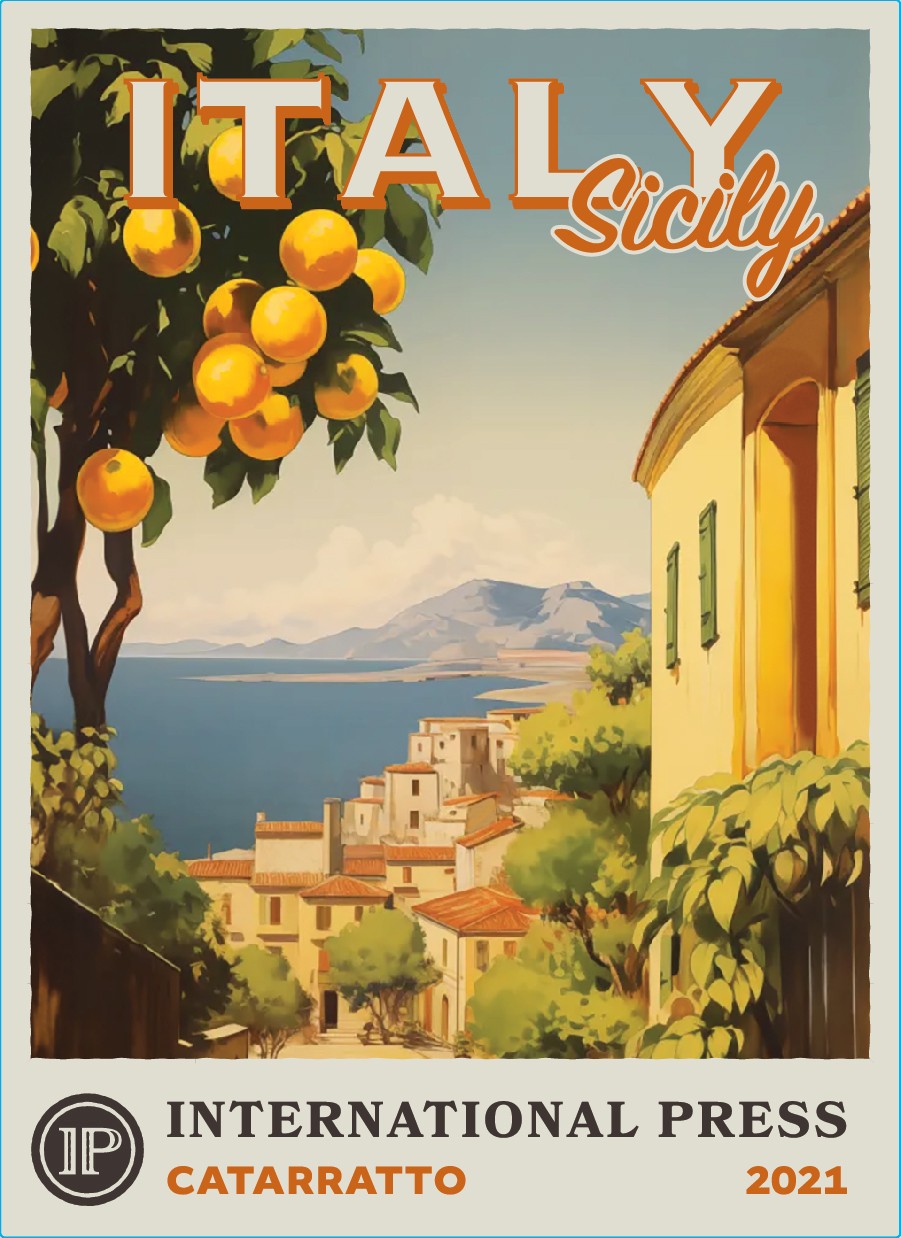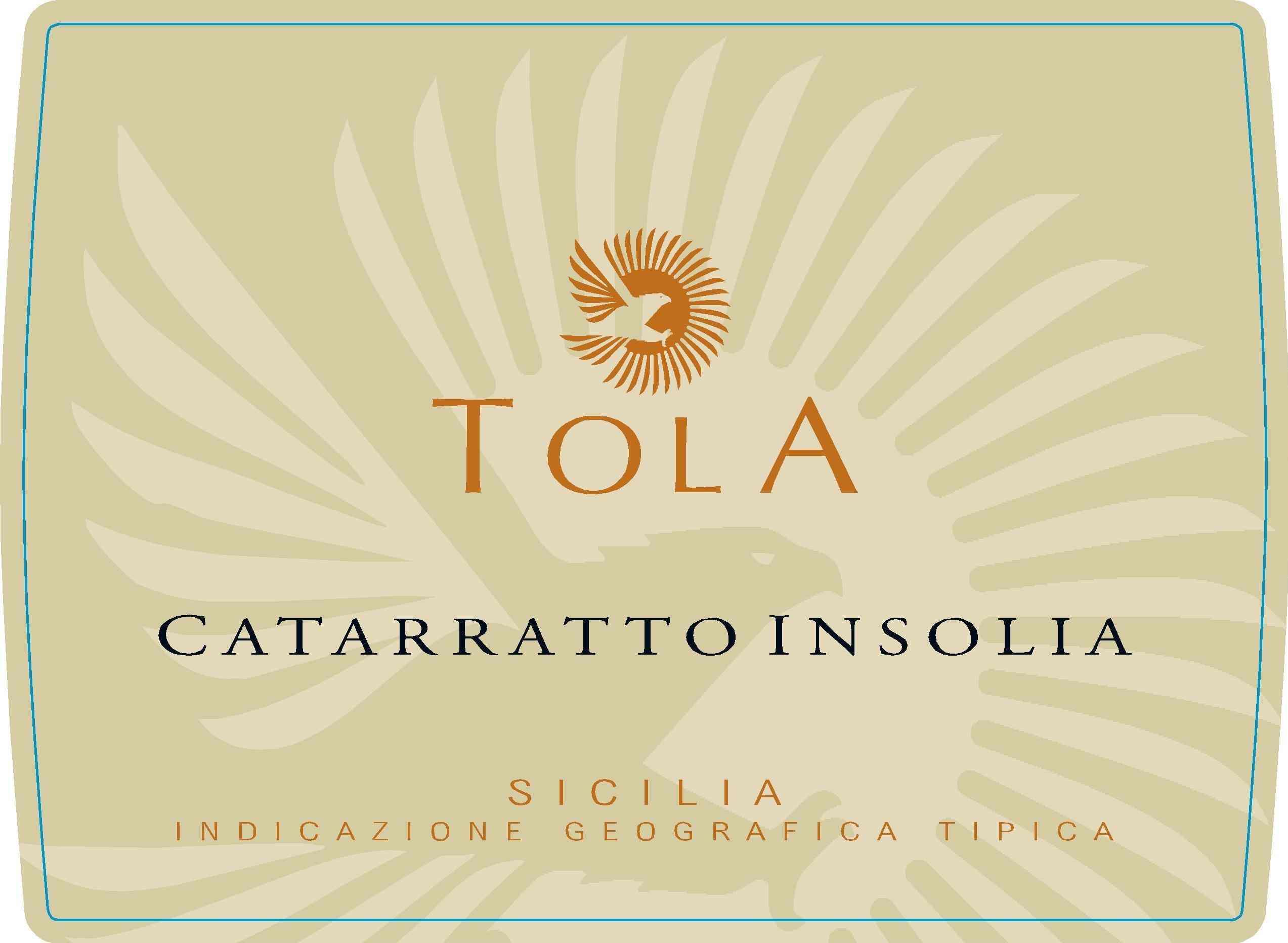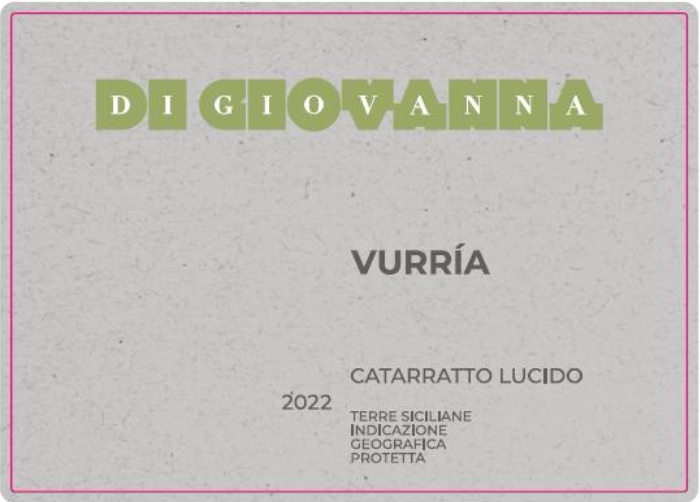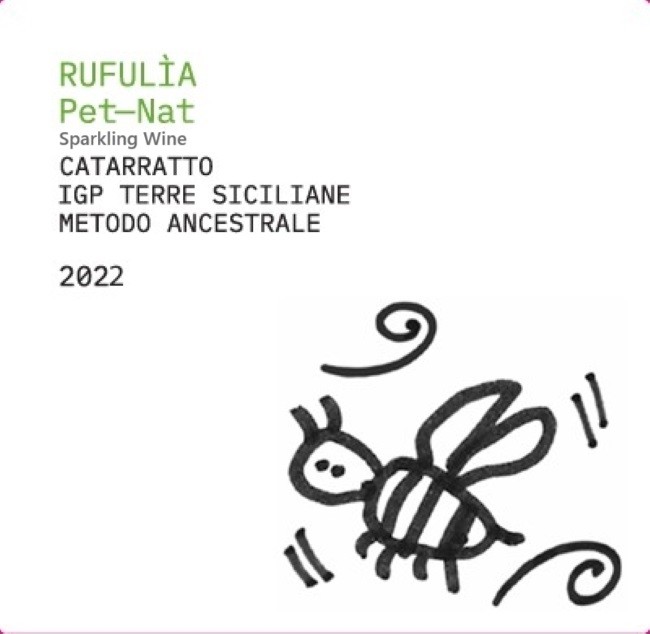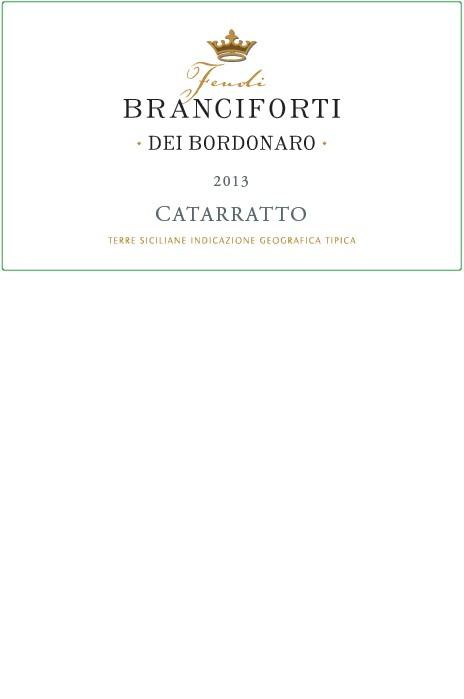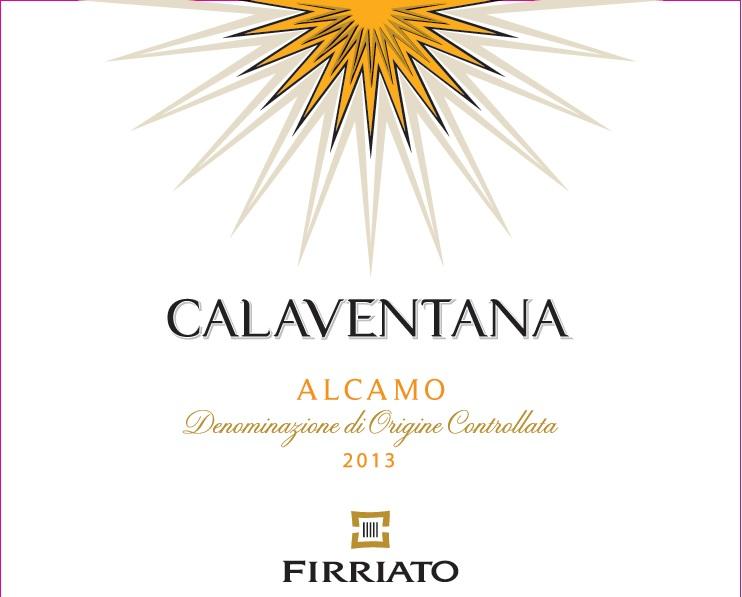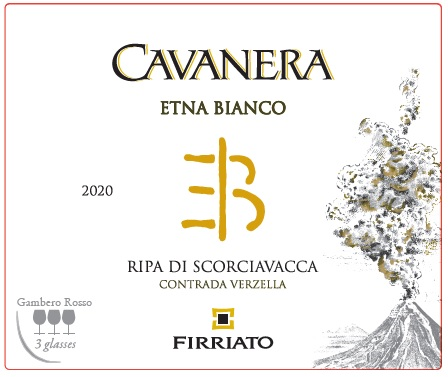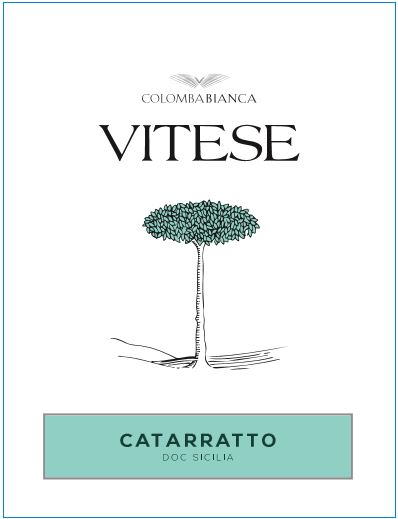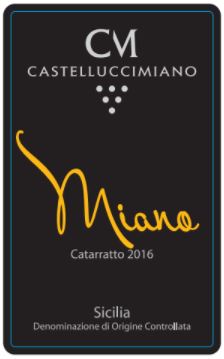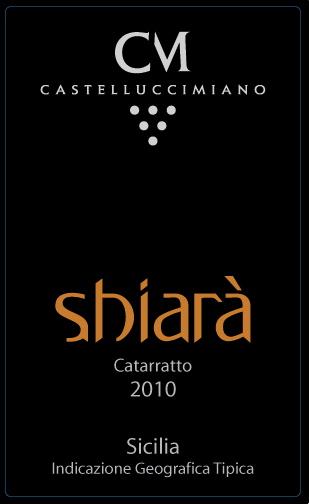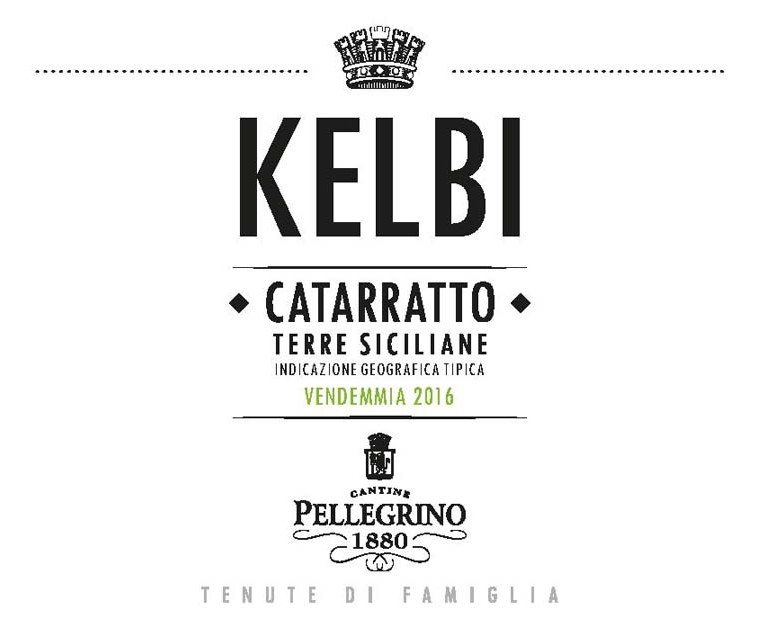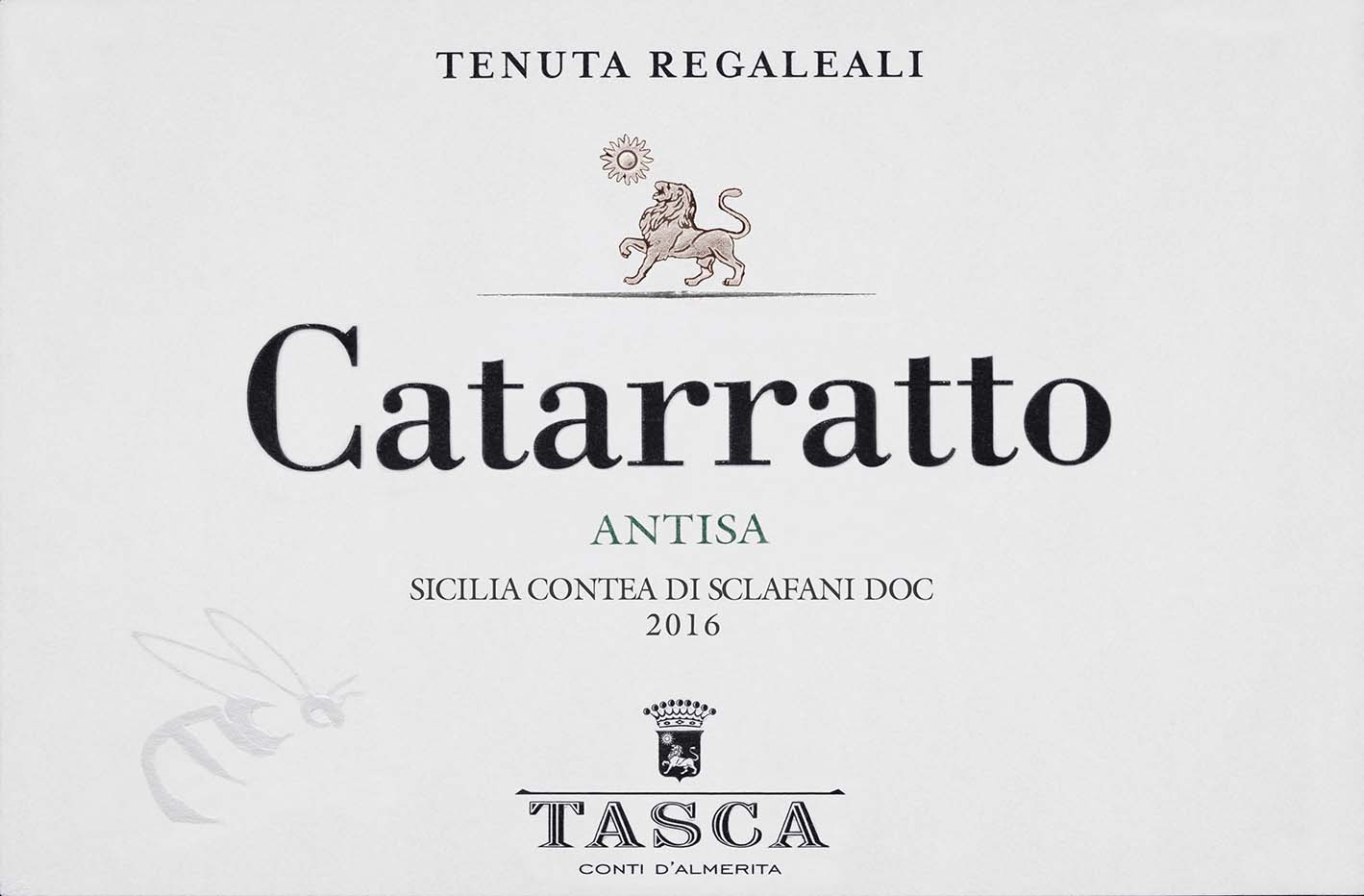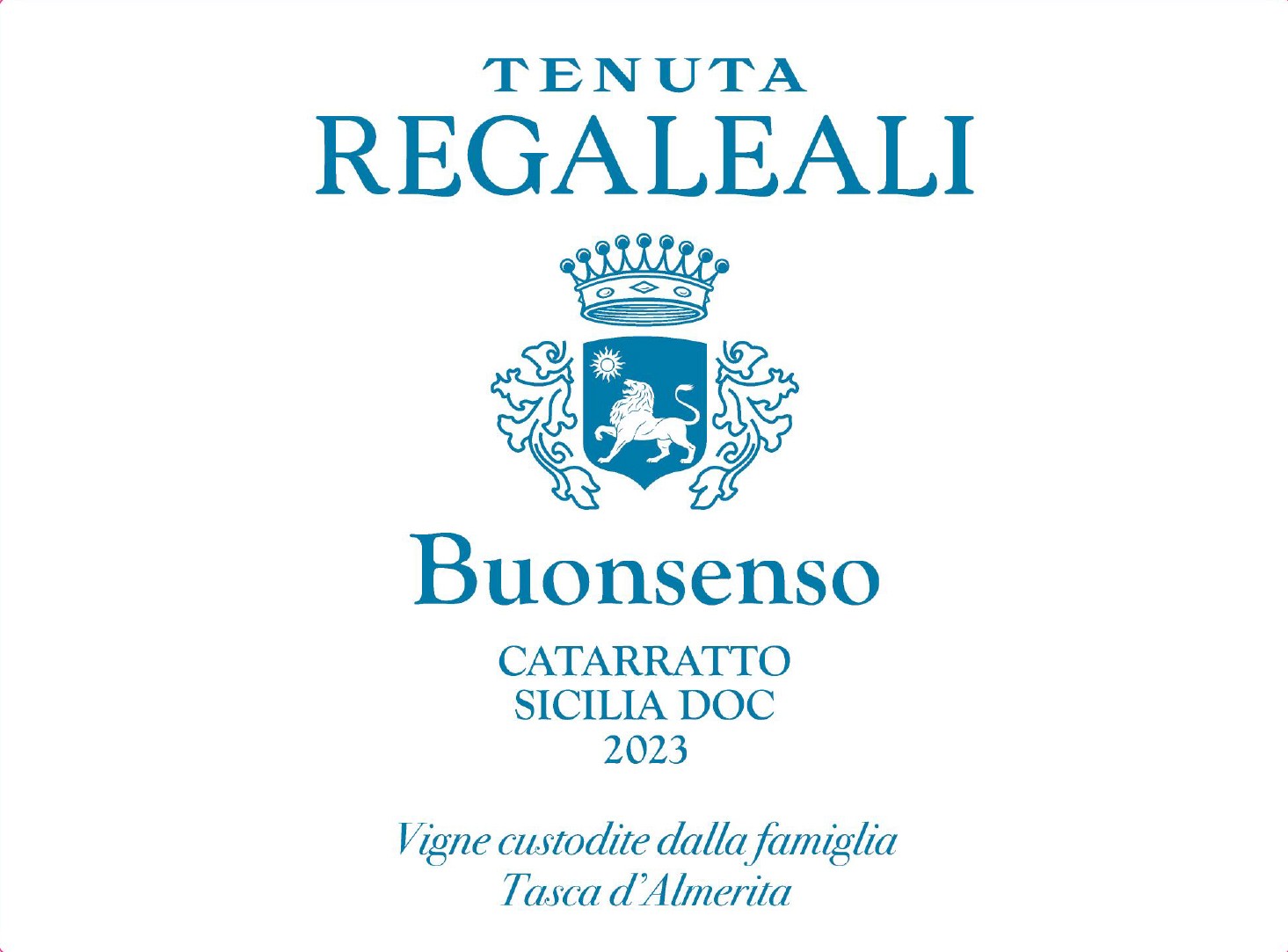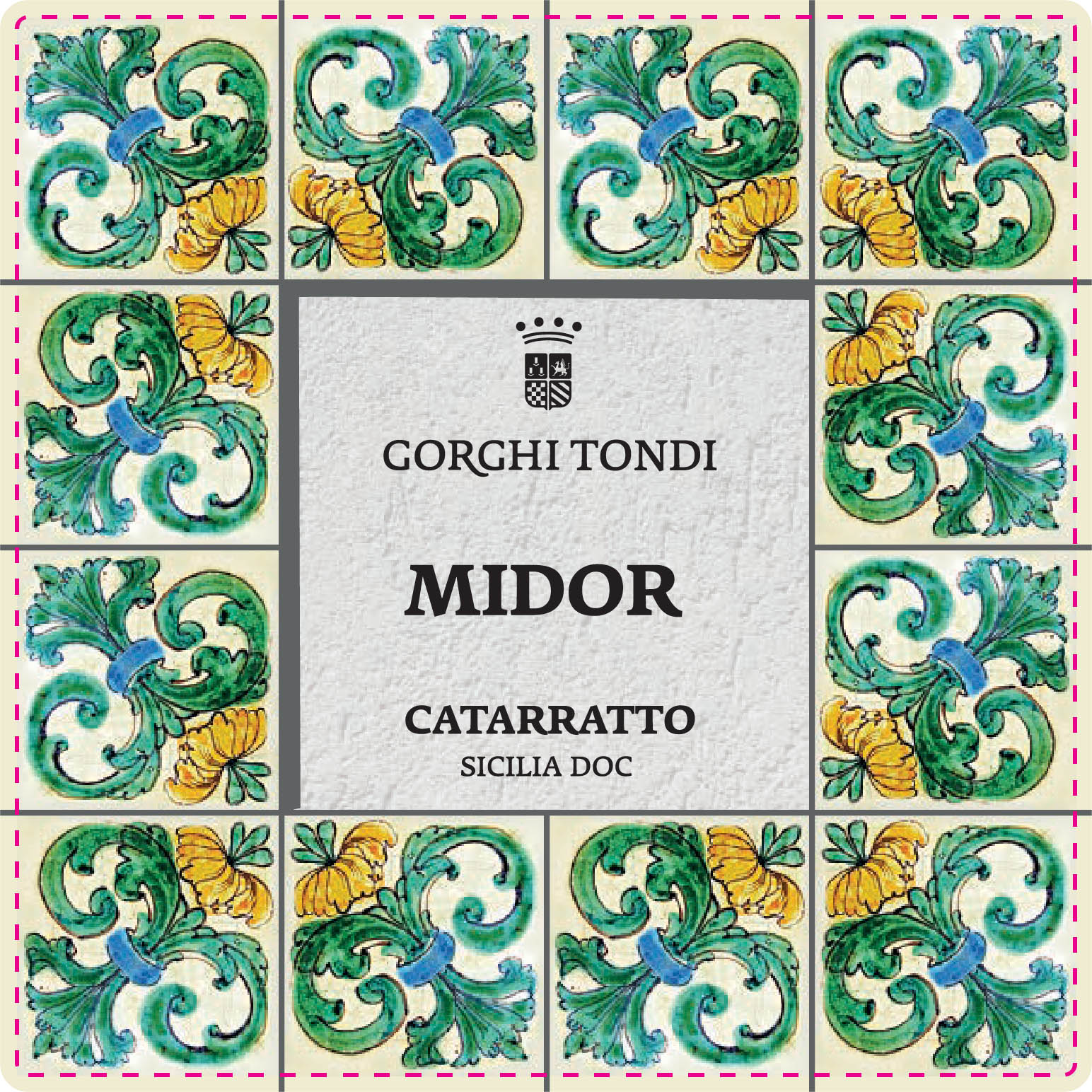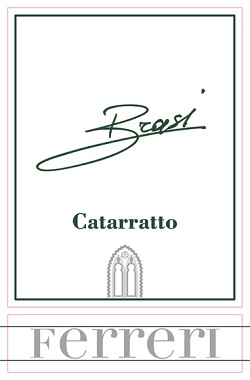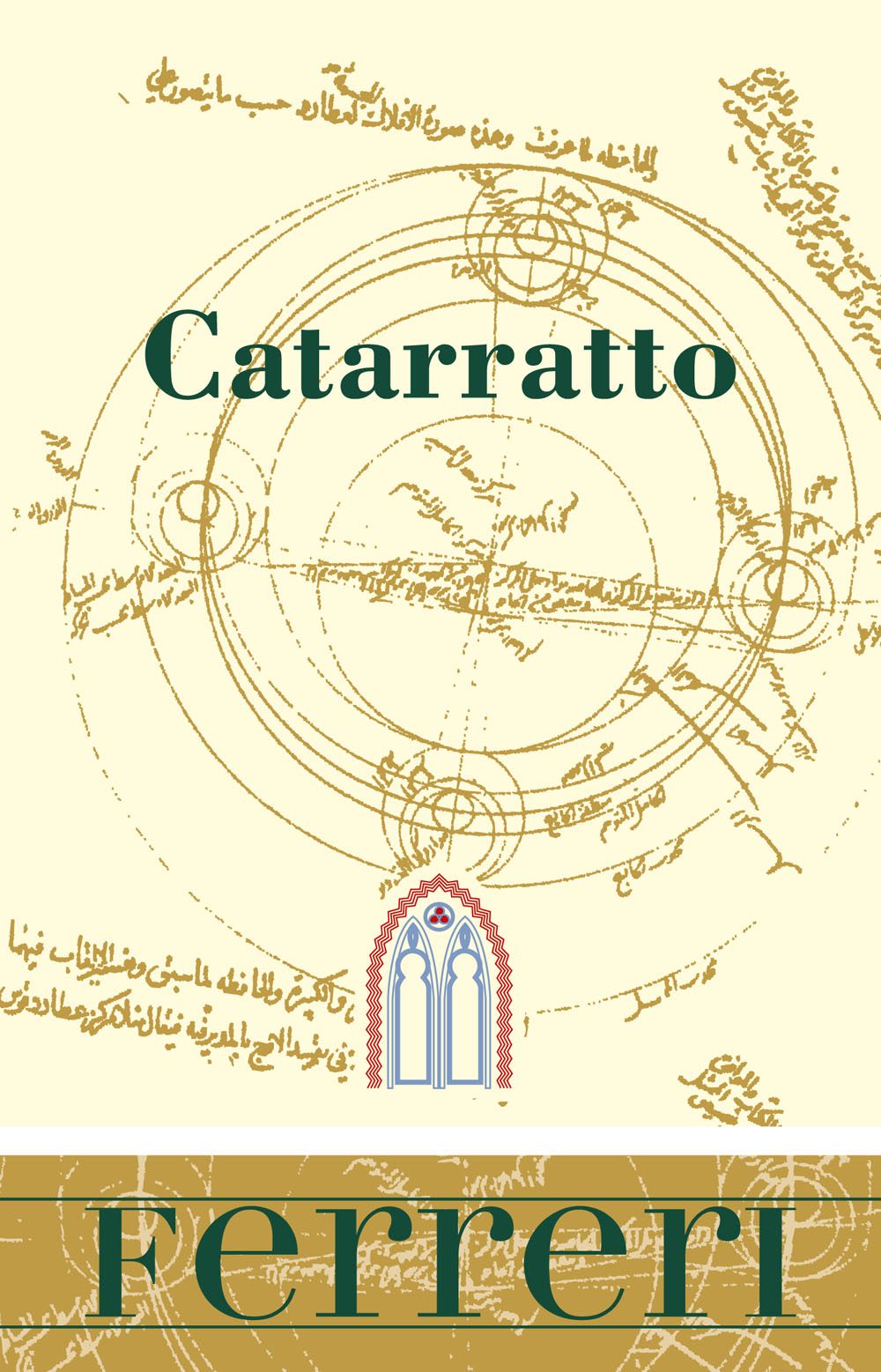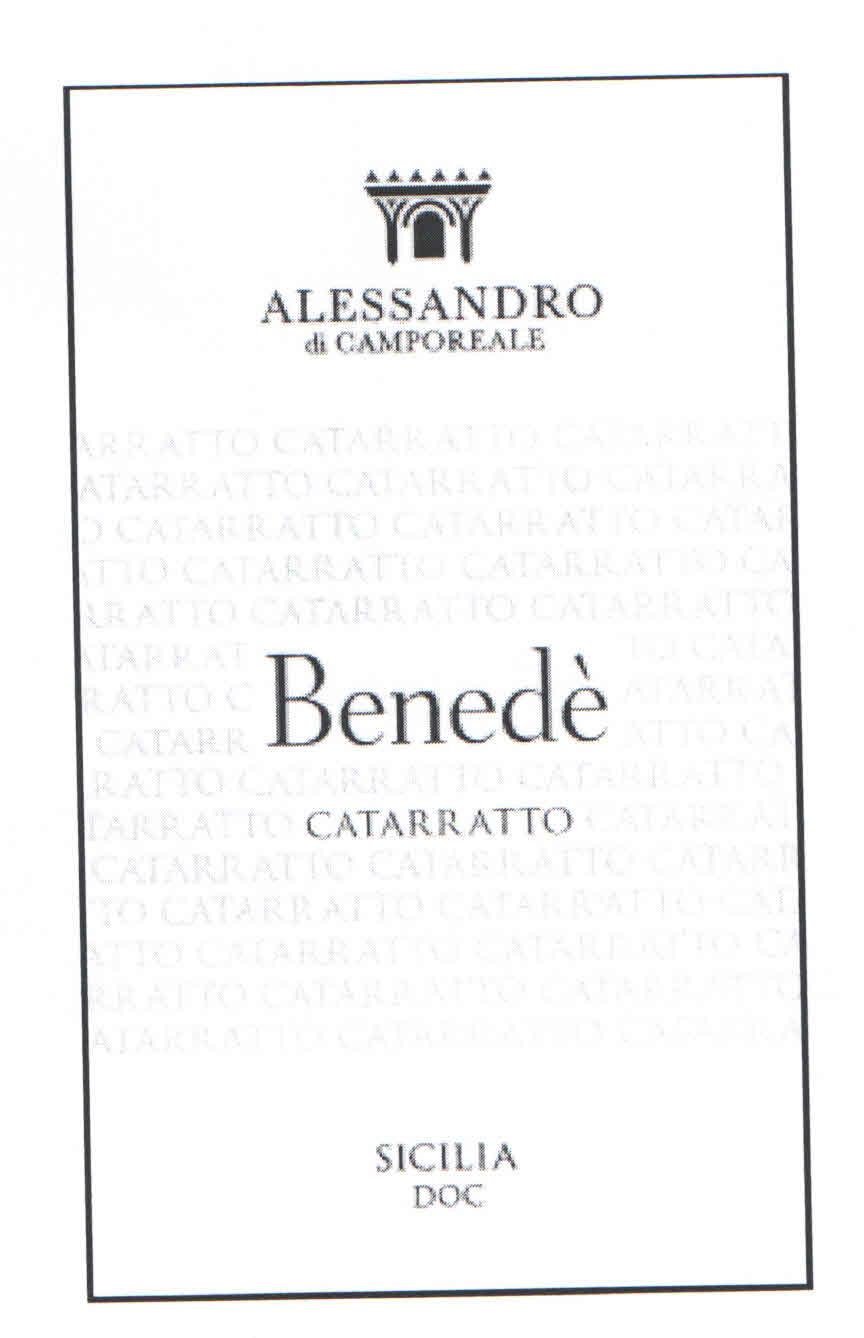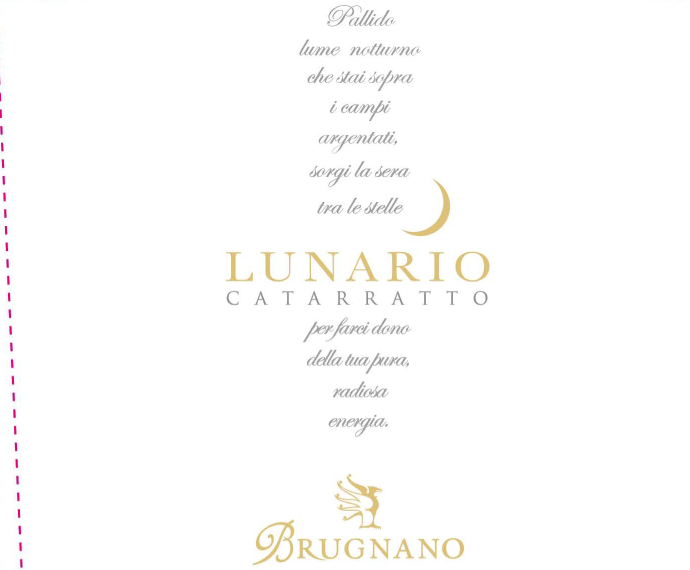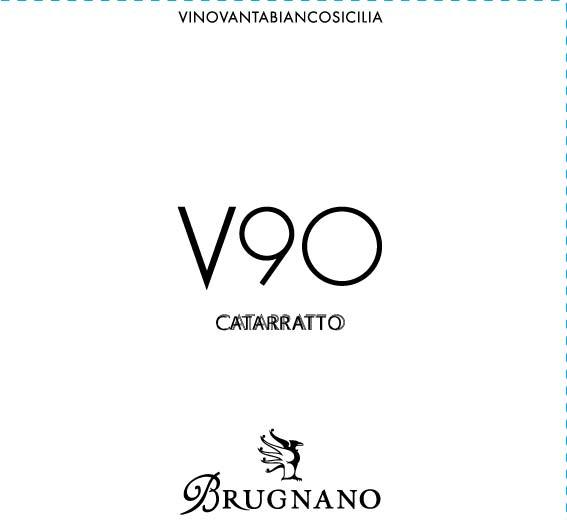Characteristics of Catarratto
Catarratto bursts with vivid citrus flavors—lemon, grapefruit, and zesty lemon peel—while notes of peach, apple, pear, pineapple, banana, and even hints of candied fruit or lemonade sometimes add extra layers.
Its semi-aromatic nature reveals a lovely mix of floral notes like white flowers, citrus blossom, broom (Ginestra), passionflower, and dried flowers, alongside herbal touches such as thyme, sage, fennel, mint, or chamomile. A subtle nutty undertone—almond, hazelnut, or even peanut—can emerge, especially in wines that have aged or spent time on the skins, with the occasional whisper of honey for intrigue.
What really sets Catarratto apart is its mineral character, with mineral, saline, wet stone, or gunflint notes lending a mouthwatering, sea-breeze freshness and a long, clean finish, sometimes ending with a gentle almond-like bitterness.
What Does Catarratto Taste Like?
Catarratto’s flavor profile is intricately influenced by its regional origins and attentive winemaking. Coastal and volcanic sites impart a distinctive mineral or saline character—evoking wet stone or gunflint—that underscores the wine’s Sicilian identity.
This mineral backbone supports vibrant citrus flavors like lemon zest and grapefruit, enhanced by stone fruit, apple, and tropical hints such as pineapple, passionflower, banana, and even candied fruit or lemonade-like nuances.
-
Regional Influence: Saline and mineral notes from coastal and volcanic vineyards add notable depth and complexity.
-
Layered Aromatics: Herbal notes—sage, thyme, fennel, mint, aniseed, chamomile, and bay leaf—combine with floral nuances from citrus blossom, broom, delicate white flowers, and dried flowers to enrich the palate.
The finish reveals lingering almond or hazelnut notes, occasionally peanut, with a characteristic slightly bitter or almond-like closure that is typical of Catarratto’s semi-aromatic style.
Notable Region Catarratto Grows In
The character of Catarratto is deeply shaped by the diverse Sicilian landscapes where it grows, from sun-drenched plains to volcanic slopes, each region lending its own signature to the grape’s expression.
-
Western Sicily: The heartland of Catarratto, especially in Trapani, Palermo, and Agrigento, where warm coastal climates and sandy soils yield medium- to full-bodied wines with vibrant citrus and tropical fruit notes, sometimes accented by a touch of sea-breeze salinity.
-
Alcamo DOC: Renowned for dry Catarratto-based wines, often blended with local varieties, this area showcases the grape’s fresh, fruity style and has become a hub for quality-driven producers.
-
Marsala DOC: Here, Catarratto plays a historic role as a foundation for Sicily’s famed fortified wine, contributing body and structure to the classic Marsala profile.
-
Etna DOC: On the mineral-rich slopes of Mount Etna, Catarratto is typically blended with Carricante, adding body and fruit to wines known for their high acidity, flinty minerality, and vivid freshness—a style reminiscent of fine mountain whites.
Food Pairings
Catarratto’s lively acidity and Mediterranean character make it a natural partner for a wide variety of dishes, especially those inspired by Sicilian and coastal cuisine.
-
Seafood & Light Proteins: Catarratto’s bright, citrusy profile elevates raw and grilled fish, seafood pastas like pasta con le sarde or alle vongole, and prawn dishes—its freshness cuts through richer flavors while echoing the briny notes of the sea.
-
Vegetables, Antipasti & Poultry: Herbal undertones and a mineral edge make Catarratto ideal with grilled vegetables, classic Sicilian antipasti, and even lighter poultry or white meat dishes, such as Hainanese chicken rice or vegetable omelettes.
-
Creamy Pastas & Cheeses: The wine’s acidity balances creamy pasta sauces and earthy mushroom risotto, while fresh and soft cheeses—especially goat cheese—are classic matches; richer, skin-contact styles can also stand up to bolder, aged cheeses.


